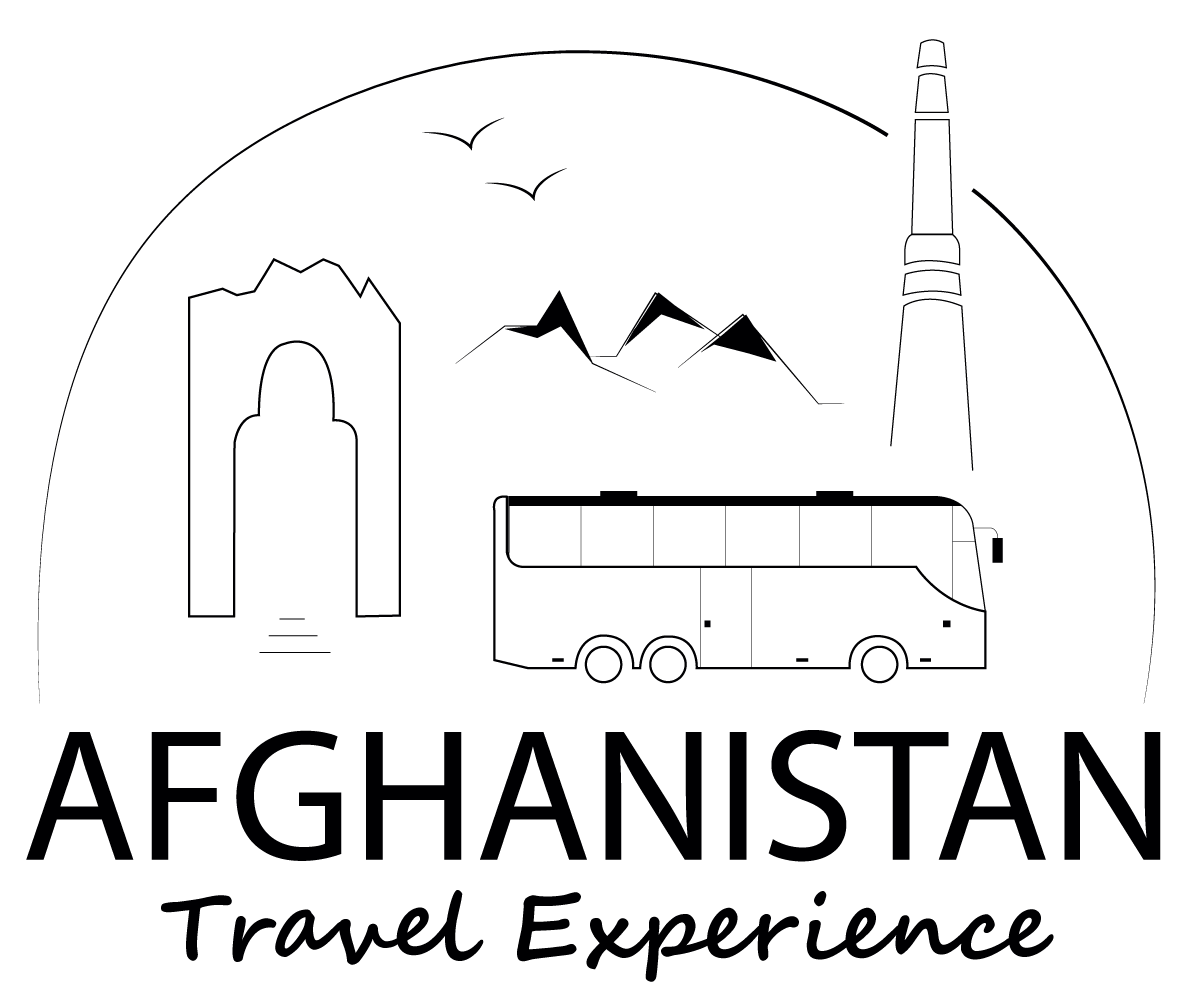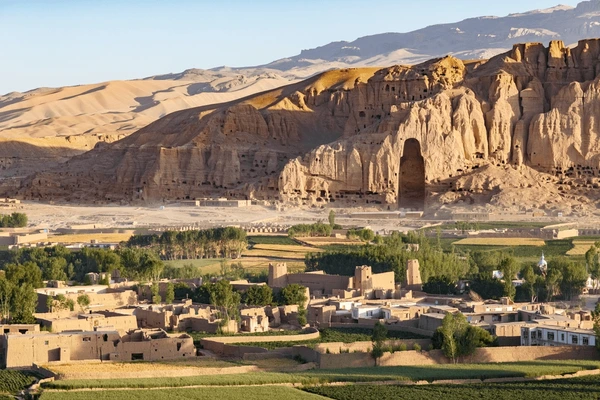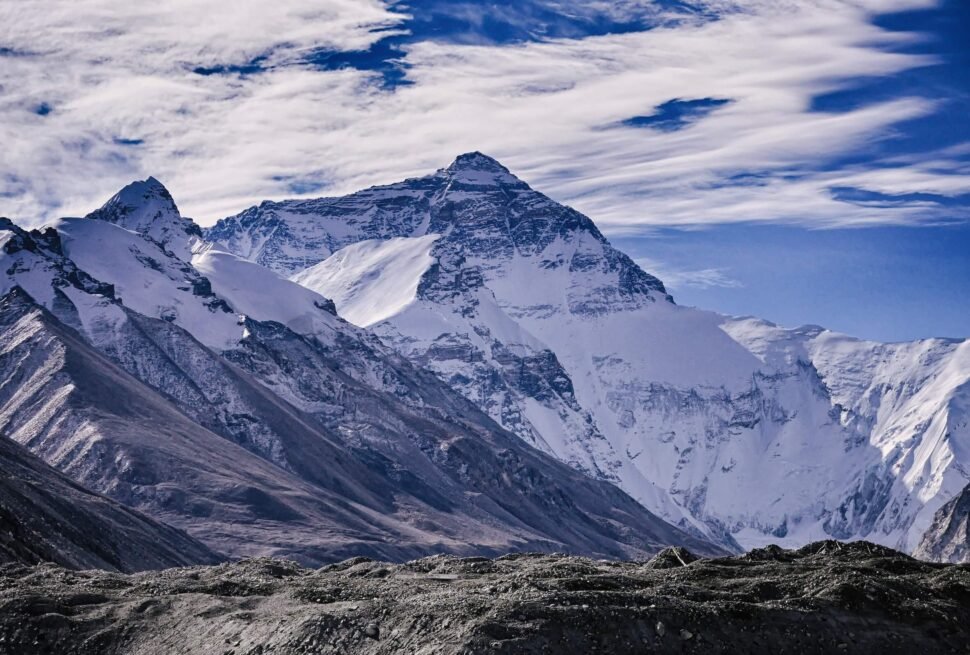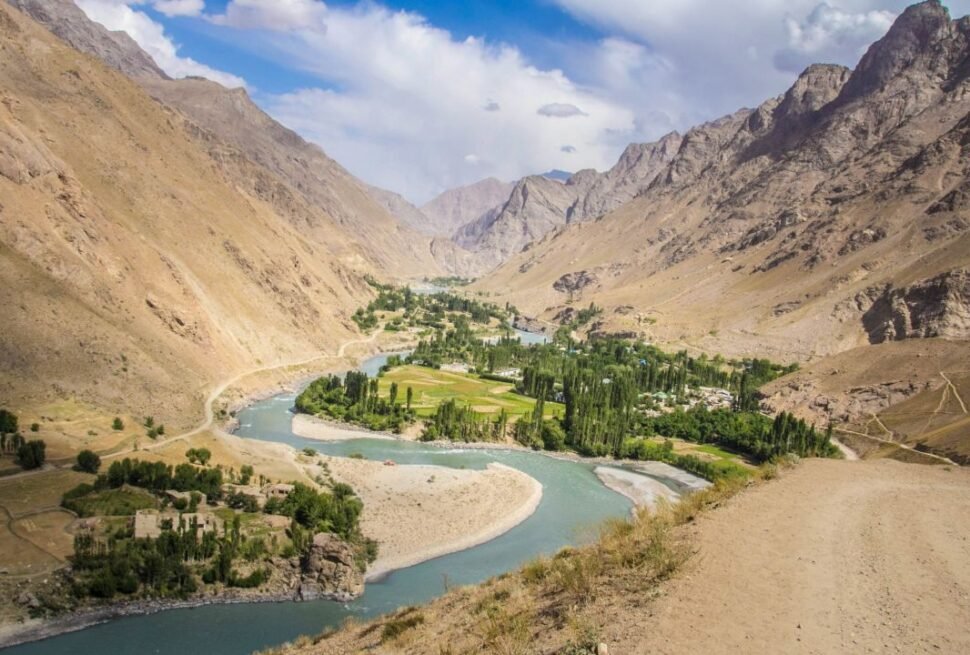Afghanistan is a country often seen through a narrow lens—conflict, headlines, and hardship. Yet to define Afghanistan solely by its struggles would be a great disservice to its history, its culture, and its people. Beneath the dust of war lies a land rich in story, artistry, and survival—a place that has witnessed the rise and fall of empires and still stands with its head high, weathered but not broken.
🏔️ A Land of Extremes: Geography and Climate
Afghanistan’s terrain is among the most diverse and dramatic in the world. Situated at the crossroads of Central and South Asia, it is a country of high mountain ranges, arid deserts, fertile valleys, and remote plateaus. The Hindu Kush, the country’s most prominent mountain range, runs northeast to southwest, splitting the land into distinct regions and making transport and communication a challenge even in modern times.
The northern plains are rich in agriculture, while the southern and western parts are more desert-like. The central highlands are home to some of the most isolated communities, and the Wakhan Corridor in the northeast connects Afghanistan to China through a narrow strip of rugged land. This diversity makes Afghanistan not only beautiful but also complex—every region has its own climate, language dialect, and customs.
🕰️ Layers of History: From Ancient Civilizations to Modern Borders
Afghanistan’s story doesn’t begin in the 20th century. This land has been home to civilizations for over 50,000 years. Ancient cities like Balkh were cultural beacons long before the rise of Rome or Athens. The region served as a crucial link on the Silk Road, facilitating trade, culture, and religion between the East and the West.
The Persian Empire, Alexander the Great, the Mauryan dynasty, the Greco-Bactrians, the Kushans, the Ghaznavids, and the Mughals all left their mark here. The famous Buddhas of Bamiyan—giant statues carved into sandstone cliffs—stood as a testament to Afghanistan’s Buddhist past before being destroyed in 2001.
Modern Afghanistan was shaped significantly during the 19th and 20th centuries when it became a pawn in the “Great Game” between the British and Russian Empires. Its borders were drawn without regard to tribal and ethnic lines, sowing seeds of future instability. After a brief period of modernization in the mid-20th century, Afghanistan plunged into decades of coups, invasions, civil wars, and regime changes.
🧕 Culture and Identity: A Tapestry of Tribes
Afghanistan is not a monolith. It is a tapestry woven from many ethnic threads—Pashtuns, Tajiks, Hazaras, Uzbeks, Turkmens, and smaller groups each contribute to the country’s identity. These groups have coexisted for centuries, often with local autonomy, forming tight-knit communities governed by tribal customs and traditional laws.
Afghan culture is a blend of ancient traditions and Islamic faith. Hospitality is sacred. Poetry is revered, with figures like Rumi, who was born in Balkh, still celebrated around the world. Music and dance—though restricted under Taliban rule—persist as forms of resistance and expression, especially in rural regions where traditions run deep.
Afghan cuisine is hearty and rich, reflecting the nomadic and agrarian lifestyles of its people. Dishes like Kabuli pulao (spiced rice with lamb and raisins), mantu (steamed dumplings), and bolani (stuffed flatbread) are staples across the country.
✊ The Resilience of the People
Few nations have endured as much prolonged hardship as Afghanistan, yet the spirit of its people is unshakable. In the face of occupation, regime changes, natural disasters, and economic collapse, Afghans have shown an extraordinary capacity for endurance.
Women and girls, in particular, have emerged as powerful symbols of resilience. From clandestine schools operating under Taliban rule in the 1990s to female journalists, doctors, and engineers in urban centers today, Afghan women continue to push boundaries, often at great personal risk.
Education remains a battlefield and a beacon. Millions of Afghan children, particularly girls, are still denied basic rights—but efforts persist. Underground schools, community-led education initiatives, and international NGOs work against all odds to create paths forward.
🌍 Afghanistan Today: Between Hope and Hardship
In recent years, the situation in Afghanistan has dramatically shifted. The withdrawal of foreign forces and the return of the Taliban have reignited debates around human rights, governance, and the future of the country. Many Afghans have fled the country, while others have chosen to stay and rebuild yet again.
Economically, Afghanistan is struggling. Sanctions, frozen assets, and the sudden collapse of state infrastructure have pushed millions into poverty. Yet informal markets, diaspora remittances, and agriculture still sustain life for many.
Despite the dire headlines, hope flickers in small ways: community gardens, underground art collectives, coding classes for girls in secret locations, and music schools continuing in defiance of authoritarian rule. The story of Afghanistan is far from over.
📷 Why Representation Matters
Afghanistan is too often reduced to warzones and rubble in the global media. But there’s so much more to see—tea being poured in bustling bazaars, intricate carpets being woven by hand, children flying kites on a windy hill. These images matter because they humanize. They remind us that Afghanistan is not just a place of loss, but of life.
As photographers, writers, and digital storytellers continue to share these moments, the world gets to see a more balanced picture of this ancient and proud nation.
📝 Final Thoughts
Afghanistan is a land of contradictions—harsh and hospitable, ancient and youthful, broken yet beautiful. It’s not just a country that has survived; it’s a country that has persisted—through empire, through revolution, through reinvention. To understand Afghanistan is to understand the complexity of human resilience, the value of heritage, and the power of hope in even the darkest times.
If we are to talk about Afghanistan, let us do so not just with sympathy but with respect—for its people, its past, and its path forward.



